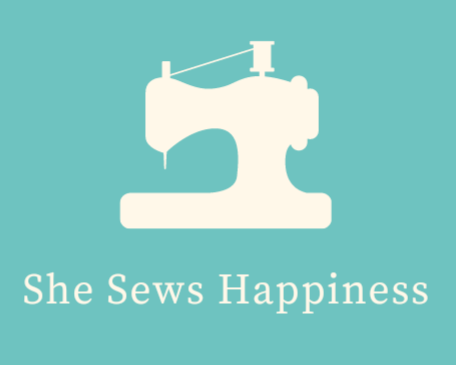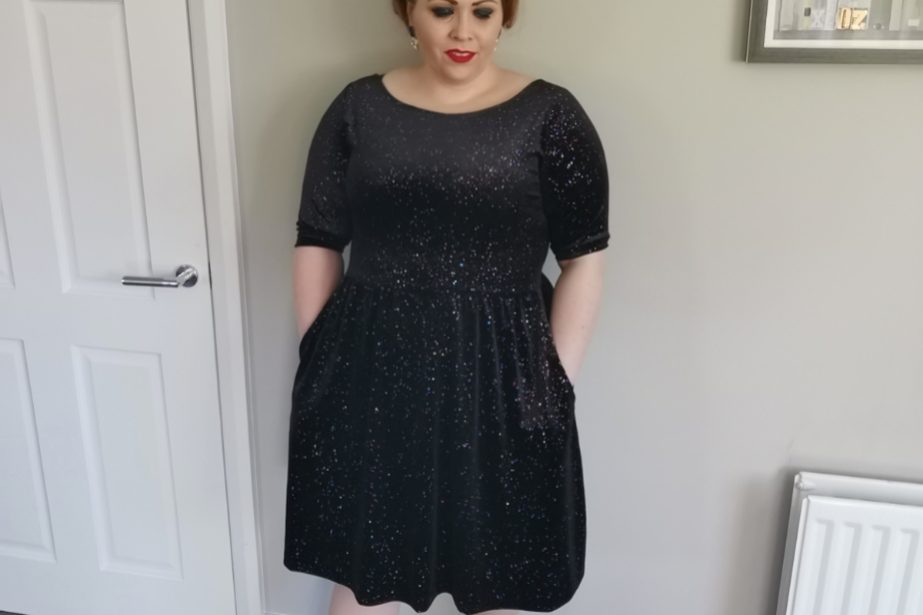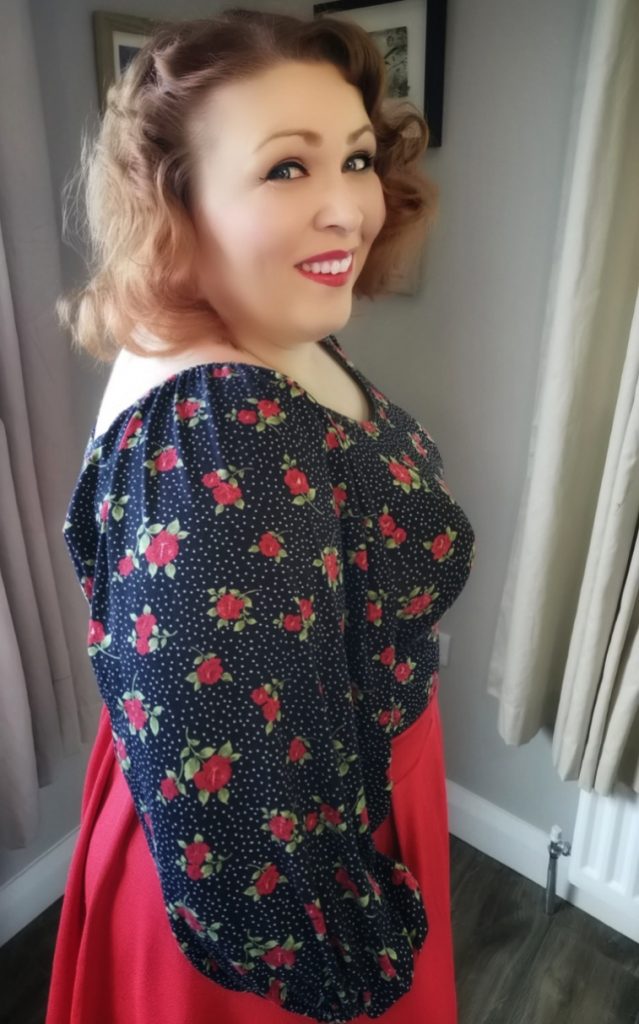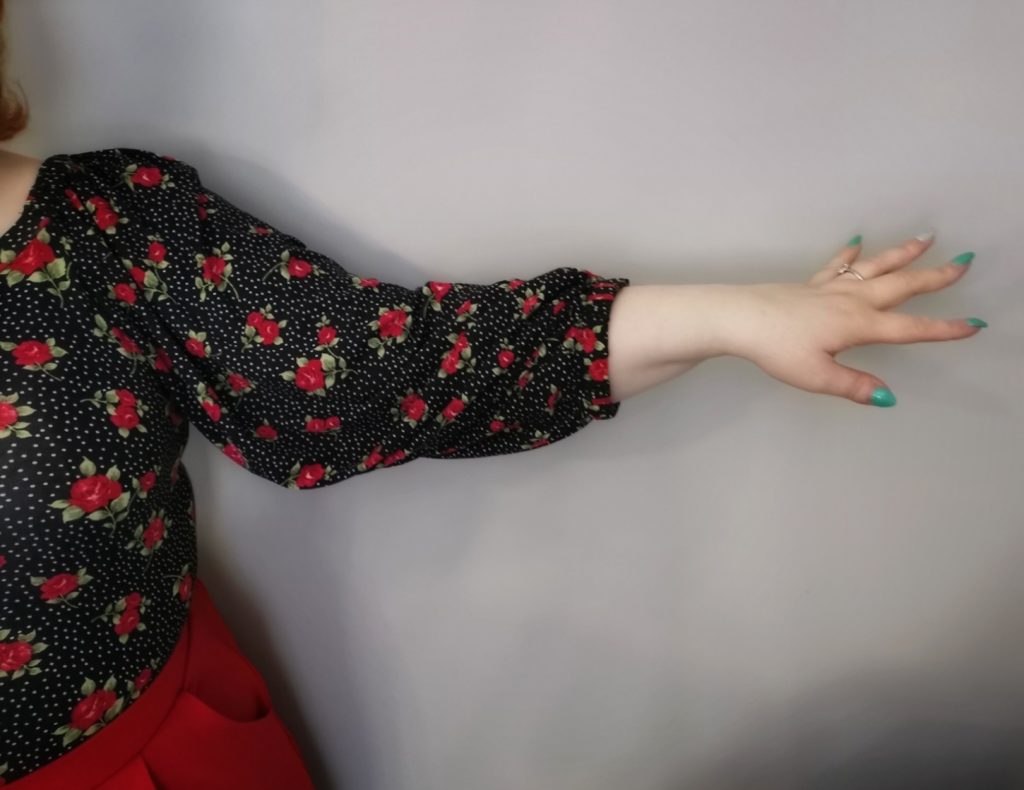Many of us are a little intimidated to start sewing with stretch – I used to be – but, if you read this post, you will be well prepared to get started with stretch fabrics.
Sewing with stretch fabrics is not as difficult as you might think. All you need are three basic things:
- The correct stitch
- The right needle
- A suitable choice of fabric for your garment
Unlike woven fabrics in which the horizontal and vertical threads are woven up and down, stretch fabrics are knitted or ‘looped’ together which is what gives them their elasticity. Stretch fabrics can vary in weight and amount of stretch, depending on what they are made from.
Composition
Stretch fabrics can be made from a variety of materials such as cotton, bamboo, rayon / viscose and polyester. These will often be blended with spandex or lycra to stop them going out of shape when they are worn – we call this the recovery.
These are the main types you will come across:
- Cotton jersey
This is a single jersey, usually 90-95% cotton blended with elastane or spandex, and is light to medium weight. It is perfect for making simple, fitted garments such as t-shirts and leggings. It’s my fabric of choice for patterns such as the Jennifer Lauren Handmade Gable top and dress.

- Viscose jersey
This is usually made up of 92-95% viscose and 5-8% elastane. This has more drape than’’\’ its cotton counterpart, making it a perfect choice for looser garments such as blouses, tunics and dresses. It is perfect for the Sew Over It Meredith Dress or the Friday Pattern Company’s Adrienne Blouse.
- Interlock jersey
This is heavier than single jersey, being created by ‘knitting’ two layers of jersey together. Interlock is really easy to spot because the front and back will look the same. It can either be made of cotton or viscose and is suitable for dresses, tops, skirts, etc. Interlock is perfect for the Tilly and the Buttons Billie pattern, which I keep intending to make.
- Polyester jersey
This is synthetic so it doesn’t have that lovely natural feel that cotton jerseys have. The percentage of polyester and elastane is about the same as other forms of jersey, but it tends to be more wrinkle and stain resistant and is used predominantly for ladies wear such as tops, dresses, etc.
- Ponte di Roma
This is a stable double-knit fabric which is less stretchy than cotton and viscose jerseys, making it really easy to work with; it’s particularly good for making cardigans and boleros such as the Charm Patterns Peter Pan Collar Bolero.

The Stretch Factor
Most jersey fabrics have a 4-way stretch; I mean that they stretch crosswise and lengthwise. But there are also some knit fabrics – usually heavier – which only have a 2-way stretch so it’s always best to check the fabric recommendation on your pattern before choosing your material to make sure you are using the correct fabric.
When you have chosen the right type of fabric composition, you will have to pay attention to the stretch percentage of your fabric.
The stretch percentage is simply the width of your fabric when it is stretched divided by the width of your fabric when unstretched -1.
(stretched width) + (normal width) – 1 = stretch percentage
You may also want to test the recovery of your fabric. Do this by releasing the stretched end and note if it has returned to its original size.
Tips for sewing with stretch fabrics
- Always pre-wash your fabric – especially jersey. Some of them shrink a lot in the wash so you’ll save yourself a lot of disappointment if you shrink it before you cut it or, chances are, you’ll end up with an item that doesn’t fit too well after it has been washed.
- When cutting stretch fabrics, the most important thing to remember is not to stretch them. Always make sure they are lying flat on the cutting mat – if you’re cutting on a table, don’t have the fabric hanging over the side of the table as the weight will be stretching it – for this reason, I often take my cutting mat to the floor. You can either pin your pattern down and cut it out with scissors or use paper weights and a rotary cutter; I recommend the latter as it’s almost effortless.
- When sewing with stretch fabrics, you will need a ballpoint or stretch needle. A ballpoint needle has a round tip; this pushes the fibres away while sewing rather than piercing and tearing them. The size of the needle depends on the type of jersey you are using; if you are sewing with light or medium weight knits, you’ll need a size 75/11 or 80/12 whereas heavier fabrics will need a 90/14 needle.
You do not need any special thread for sewing with stretch fabrics – normal polyester thread works perfectly well on knit fabrics.
- The best stitch for sewing stretch fabrics is the stretch stitch – your machine will have a setting for this. You can also use a narrow and short zigzag (which is good for top stitching stretch fabrics).
If you have an overlocker, working with stretch fabrics is going to make your investment worthwhile – it sews and finishes your seam at the same time. However, as most knit fabrics don’t fray, you won’t usually have to finish your seams at all. Since you don’t need to finish the edges, there is very little ironing involved when sewing with knits.
- You may want to stabilise the shoulder seams with elastic tape: this will ensure your garment does not stretch out of shape.
- When hemming knit fabrics, it is best to finish with a single turned hem. If you fold your hem over twice, it will be too bulky.
Now that you know the basic of sewing with stretch fabrics, I hope you find it easy pairing patterns and fabrics.
Once you start working with stretch fabrics, it won’t be long before you’re as comfortable sewing them as you are wearing them.



